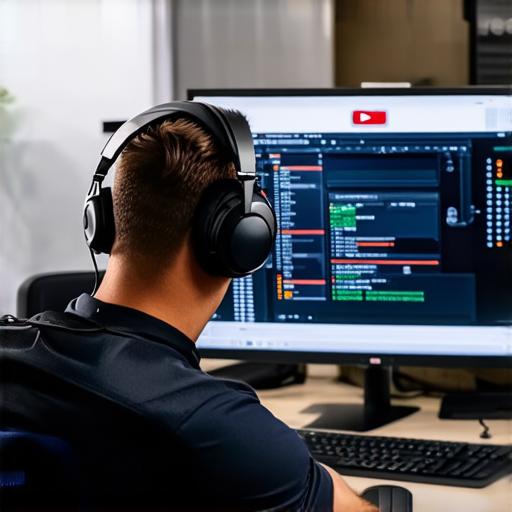YouTube, an American multinational video-sharing platform, is widely known for its massive user base and its role in shaping the digital media landscape. But what exactly is YouTube’s classification as software, and how does it compare to other types of software? In this article, we will explore the question of whether YouTube can be considered system software and analyze its characteristics, uses, and implications for software development.
What is System Software?
Before delving into the question of whether YouTube qualifies as system software, it’s important to understand what system software is. System software provides the foundation for a computer or device and manages its core functions. Examples of system software include operating systems, device drivers, and firmware.
System software is essential for the smooth operation of a computer or device because it provides the interface between the hardware components and the user. It enables users to interact with the computer, access files and applications, and perform critical tasks such as booting up the system, managing background processes, and handling errors.

Is YouTube System Software?
Now that we have a basic understanding of what system software is, let’s consider whether YouTube can be classified as such. At first glance, it might seem difficult to categorize YouTube as system software since it doesn’t manage the core functions of a computer or device. However, upon closer examination, it becomes clear that YouTube plays an essential role in managing one of the most critical components of modern computing: user experience.
YouTube provides an interface for users to access and consume digital media, including videos, music, and live streaming. It enables users to search for content, create playlists, and share their viewing experiences with others. YouTube also provides a platform for video creators to monetize their content and reach a global audience.
In terms of its technical complexity, YouTube is a highly sophisticated software application that leverages advanced algorithms, machine learning models, and distributed computing systems to deliver personalized recommendations, optimize video quality, and manage user data. This level of technical sophistication suggests that YouTube can be considered system software in some respects.
Case Study: YouTube’s Impact on Video Consumption
To further explore the question of whether YouTube can be classified as system software, let’s consider a real-world example of its impact on video consumption. According to a report by eMarketer, in 2021, video content was responsible for more than 82% of all internet traffic worldwide. Among the most popular platforms for consuming video content is YouTube, which boasts over 2.7 billion monthly active users as of June 2021.
YouTube’s influence on video consumption can be seen in its ability to shape consumer behavior and preferences. For example, YouTube has been instrumental in popularizing certain genres of video content, such as vlogs, gaming videos, and educational content. It has also enabled users to discover new content based on their interests and viewing history, creating a virtuous cycle of engagement and discovery that keeps users coming back for more.
Real-Life Examples of System Software in Action
To further illustrate the characteristics and uses of system software, let’s consider some real-life examples of how it interacts with other types of software and hardware.
Operating Systems: The most obvious example of system software is an operating system (OS). An OS manages the computer’s core functions and provides a platform for running applications. Examples of modern operating systems include Windows, macOS, and Linux.
Device Drivers: Device drivers are another type of system software that manage the communication between the OS and the hardware components of a device.
